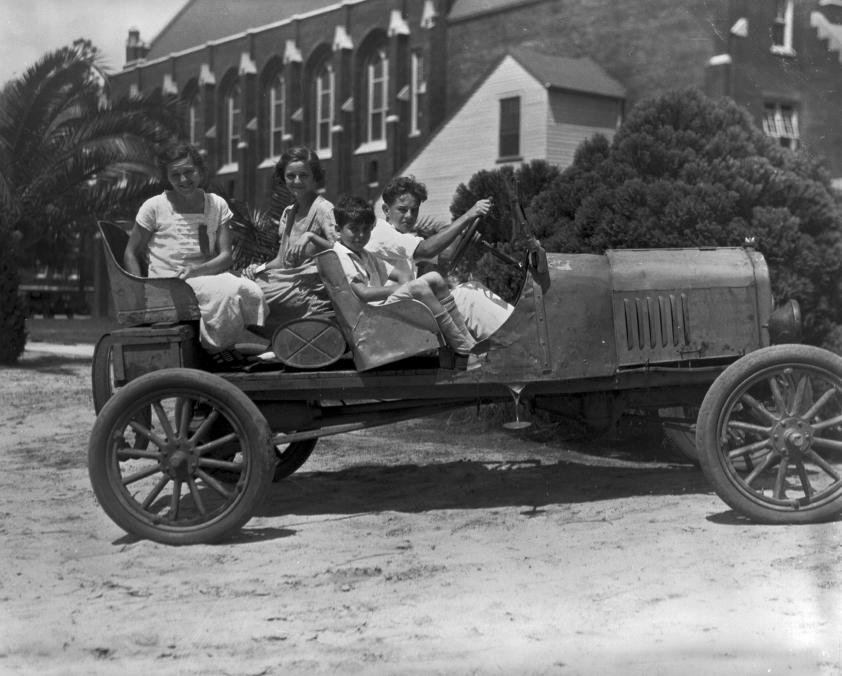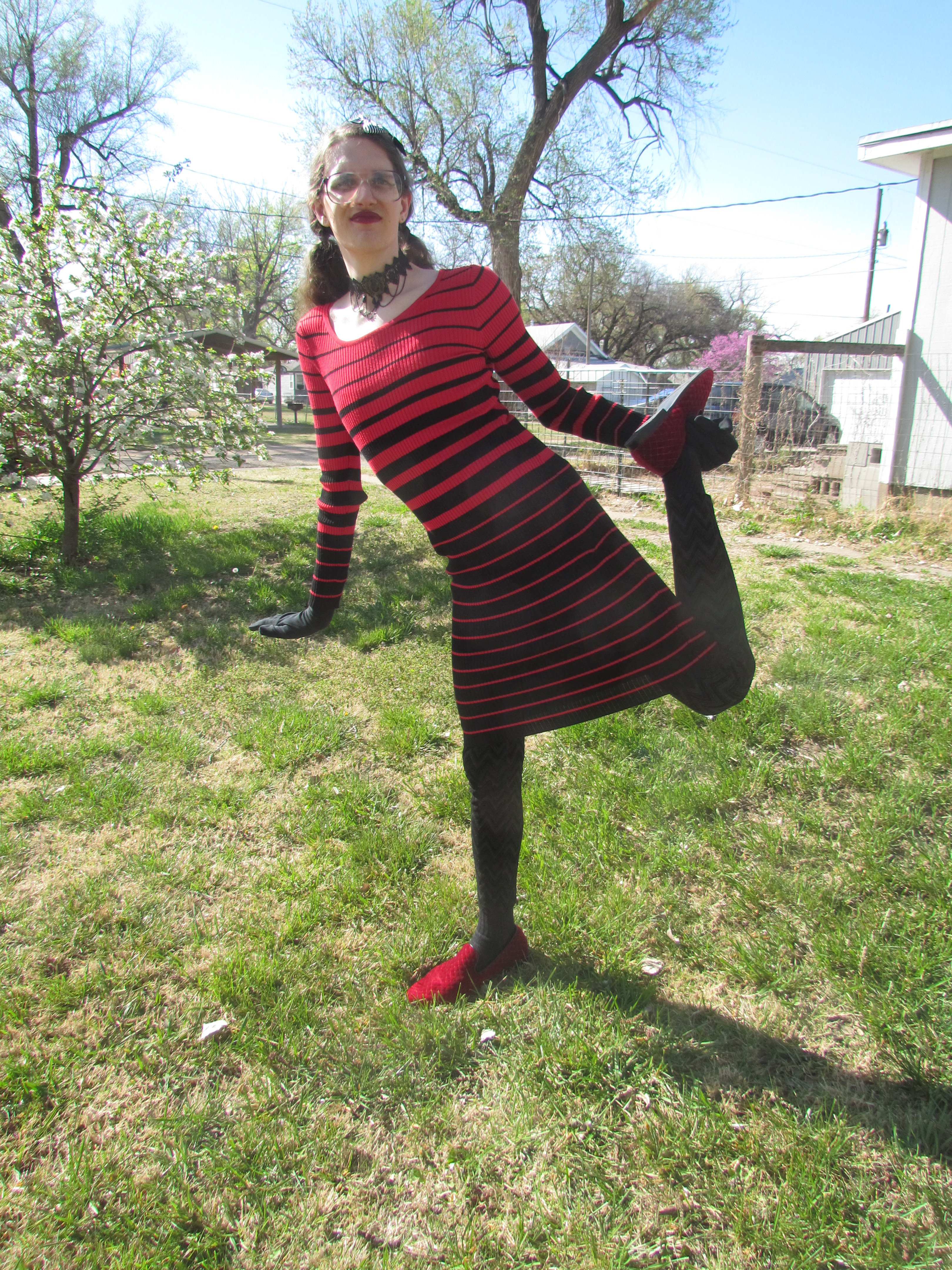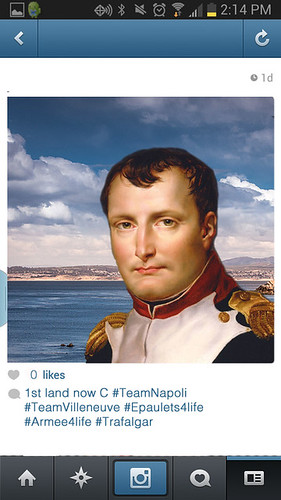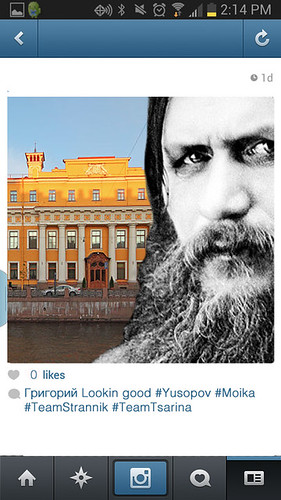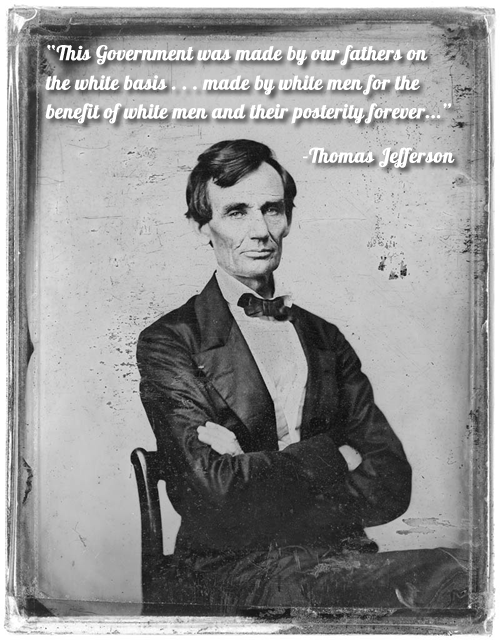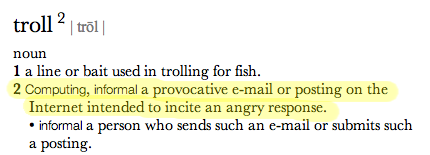I was disappointed that I couldn’t do Return to the Scene of the Crime with a photo that wasn’t directly linked to me.
But then I found this assignment called Before and After!!
The task: use a photograph from the past and digitally blend it with an image of the present.
A History major getting to use history?!?!!

Now this took me awhile, so I’m glad it’s worth four stars.
I needed digital images of UMW. Luckily, I have done quite a few projects in the Archives of UMW, so I went back to the site and grabbed a number of photos that I thought I could recreate.
Then I wandered around UMW for awhile. I took hundreds of photos and changed batteries five times. I wouldn’t know if I got the right angle until I got back into Photoshop to test it. I would love to know if anyone knows how to not wait until Photoshop, though!
I took my many images and put the ones that I matched up with my eyes into Photoshop.
I really wanted to do Monroe Hall, and I took some EPIC photos for my scrapbook, but they weren’t matching the archival photos.
Alas, I had to turn to my Trinkle photos.
This is the photo I found to match up the most:

Then I took this photo from the Archives @ UMW:

The photos don’t match up completely, though, so I had to do some finessing.
Here is the final edit:

How I did it
1. I opened both images in Photoshop in separate windows.
2. I copied the archival photo on top of the new photo. At first, I didn’t know where to start. I just used the Eraser and erased parts of the archival photo to see if it would match up.
3. I remembered the layer options, though, and changed the opacity so I could see both images. With this method, I was able to match up most of the edges.
4. I stretched parts of the image, but you can’t really tell.
5. Then I started erasing! I used the Eraser with 75% thickness and 100 size for most of the erasing. I didn’t really know where I wanted the lines to be between the old and the new. I realized, since some of the edges didn’t match up completely, I needed to direct their eyes elsewhere.
6. I picked areas that could easily be concealed, like the rim of Trinkle in the middle and the door to the second floor elevator.
And viola! That’s all it took.

